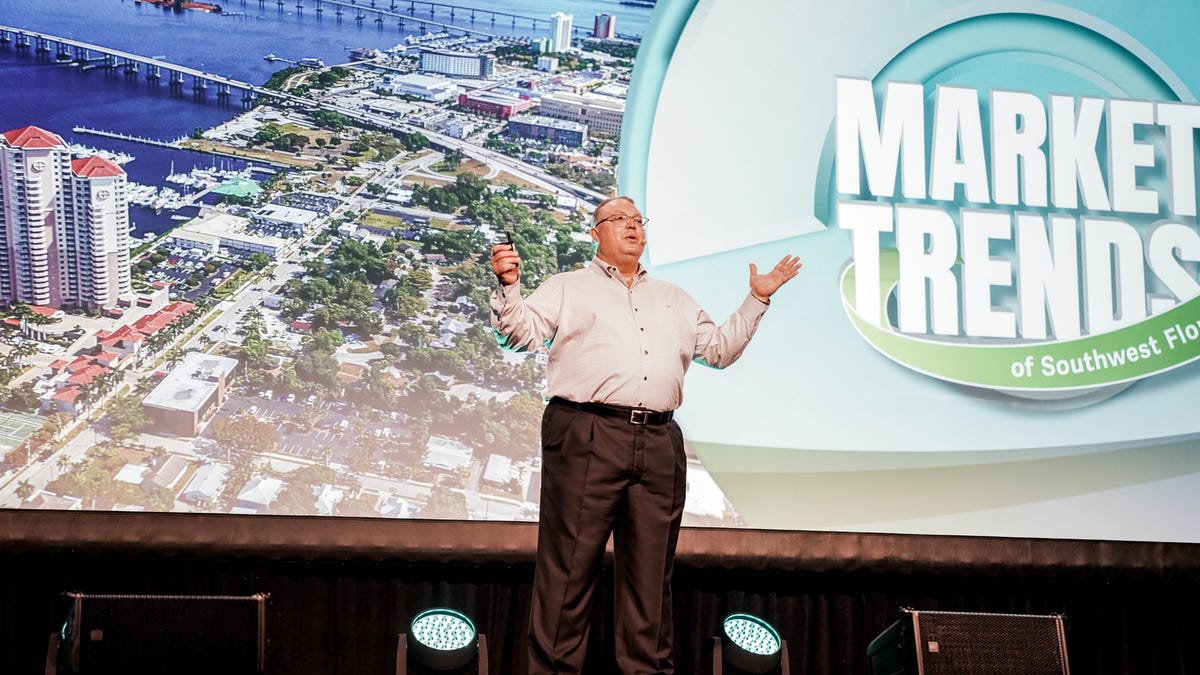The Most and Least Expensive Metros for SFR Rents

At the height of inflation, a median household would spend 40% of their income on rent, compared to 35% in 2019.
Economically affordable rents are an issue of social stability and so, therefore, one of commercial real estate sustainability.
CoreLogic undertook a new analysis looking at the question, but through an unusual lens. Instead of focusing on multifamily rentals, the firm examined single-family rentals because it turns out to be the most important in the country.
“There are more renters living in single-family residences (SFRs) than those residing in multifamily residences (MFRs),” they wrote. “Over 2.5 million more renters occupy SFRs than MFRs, according to the latest U.S. Census Bureau survey. The split of occupancies between the two residence types is about 50% for SFRs and 45% for MFRs, with the remaining 5% mostly residing in mobile homes.”
That bulk of those units are also generally the most expensive. U.S. median monthly rent payments on new SFR homes are up to $2,600 as CoreLogic calculated from Multiple Listing Service (MLS) data. As comparison, Apartment List recently said the national median multifamily unit recently was $1,354.
The median SFR monthly rental swings widely, depending on the metro. As of September 2023, the five most expensive SFR market rents were Los Angeles-Long Beach, CA ($4,750); San Diego-Chula Vista-Carlsbad, CA ($4,500); San Jose-Sunnyvale-Santa Clara, CA ($4,300); San Francisco-Oakland-Berkeley, CA ($4,200); and Oxnard-Thousand Oaks-Ventura, CA ($3,925).
The five least expensive markets are Cleveland-Elyria, OH ($1,395); Jacksonville, NC ($1,400); Oklahoma City, OK ($1,595); Fayetteville, NC ($1,600); and St. Louis, MO-IL ($1,650).
Then CoreLogic used the above figures with Census data to find the most and least affordable markets in terms of rent-to-income ratios. At the top, Los Angeles-Long Beach, CA (59.6%); Miami-Fort Lauderdale-Palm Beach, FL (52.6%); San Diego-Chula Vista, CA (48.5%); Cape Coral-Fort Myers, FL (45.6%); and Riverside-San Bernadino, CA (44.5%).
The five most affordable markets are Jacksonville, NC (23.1%); Cleveland-Elyria, OH (23.9%); Hartford-East Hartford-Middletown, CT (24.5%); St Louis, MO-IL (25.0%); and Raleigh-Cary, NC (25.2%).
And all these are median figures, so there are as many above as below.
“Rent continues to rise at a moderate pace in 2023, while inflation and escalating home prices continue to diminish purchasing power for many Americans,” CoreLogic notes. “In high-rent-burdened markets such as Los Angeles and Miami, a meaningful improvement in affordability will require either rents to fall or household incomes to rise faster than the pace of rents (or both) — which is just simple math.”
The math also has some clear warning signs for rentals. Low-to-moderate income households make up nearly 70% of renters, CoreLogic noted. It suggests that in many markets, the rental rates, even if justified by supply and demand, seem ultimately unsustainable.


